Four exhibitions that explore a wide spectrum of photography and great public interest in the previews or guided tours: This is where the Leica Galerie Konstanz stands exactly one year after its opening. It has managed to become an acknowledged space for photography, and the upcoming exhibitions might well foster this position.
Commercial art galleries (that is, places that actually sell works of art and that work without subsidies) with focus on photography are rare in Germany. There are some in big cities such as Berlin or Hamburg, and they are attracting young and international audiences as well as collectors. However, outside a few cities, they’re pretty rare on the ground. Even public photography museums are rather unusual.
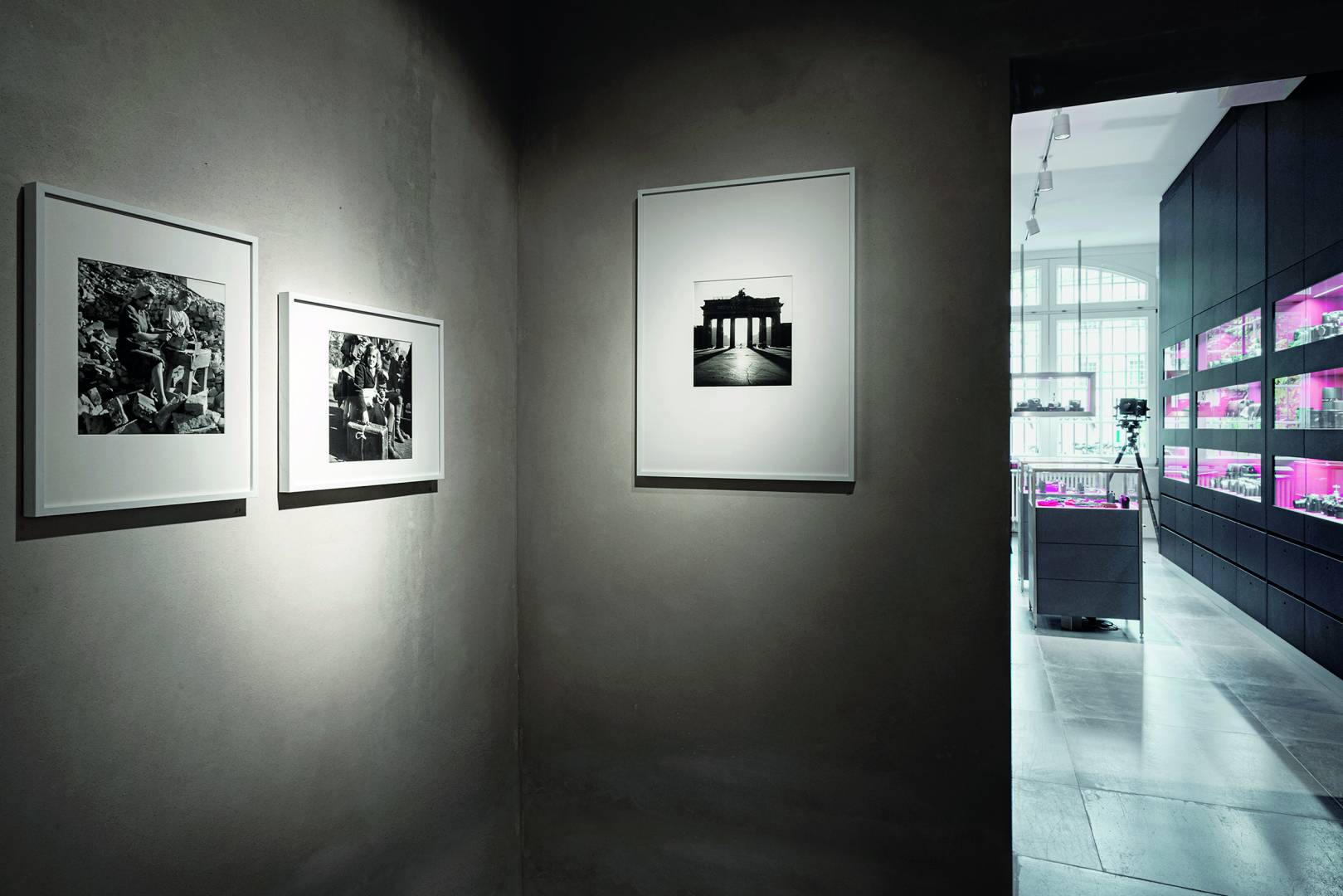
Store plus gallery means a bigger audience
All the more remarkable is the effort Leica and its partners take to establish Leica galleries. These are places that show contemporary photography with some connection to the brand and which are linked to the Leica stores. The idea behind is obvious: People come either to see gear or art which significantly enlarges the target group for the joint enterprise. And, nice side effect, Leica cameras shine the rays of pure art which further lifts the brand image. So far, it’s also about marketing.
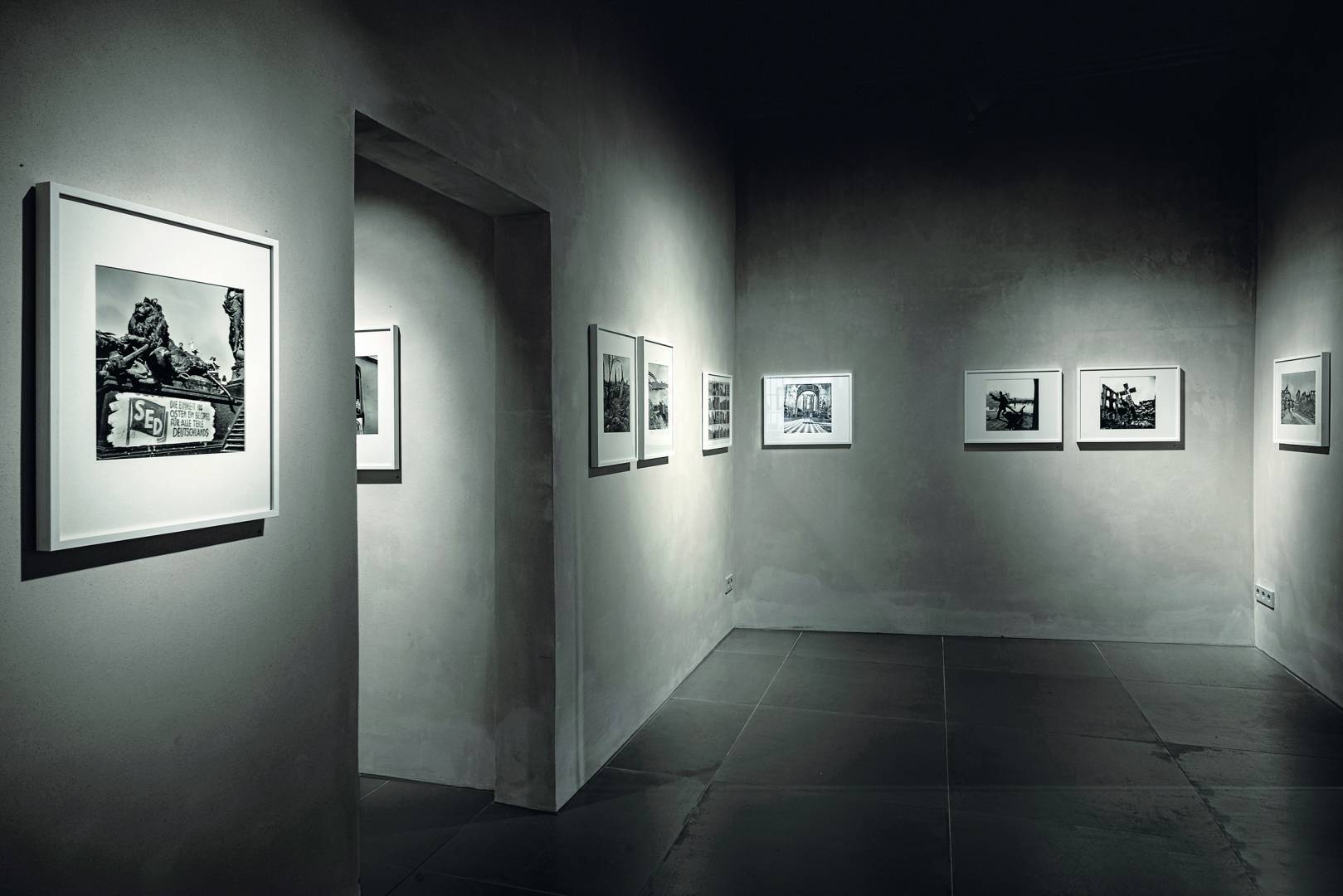
But there is also a strong commitment by Leica to actual photography. The folks there honestly want to see their products in use – this became very clear one year ago at the opening ceremony of the Leica Galerie Konstanz in the addresses of Dr Andreas Kaufmann and his wife, Karin Rehn-Kaufmann. She represents the art side within Leica, and as I have experienced, she does it in the most dedicated and sympathetic way.
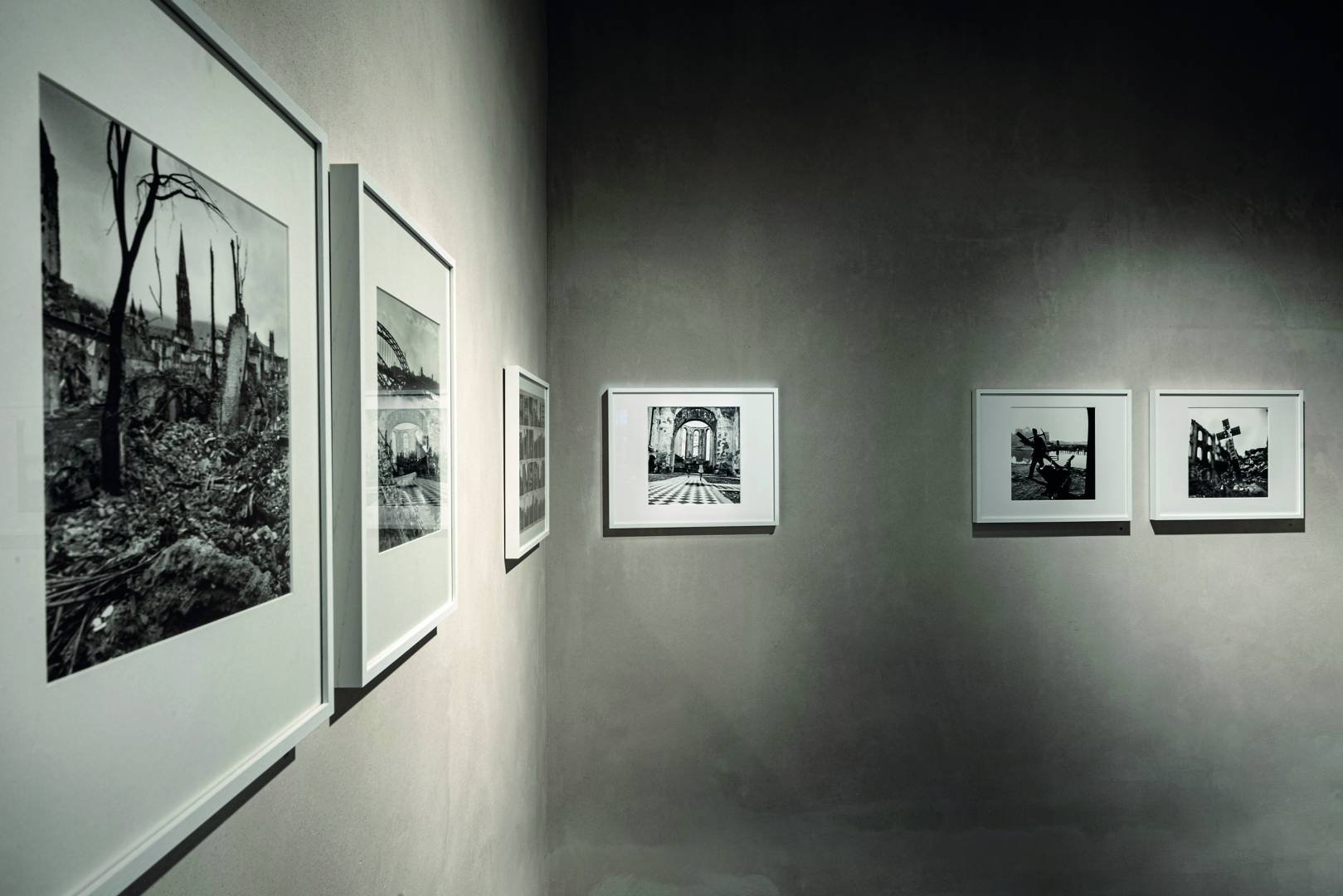
Big city format in a not-really-big city
But back to the Leica Galerie Konstanz. This was and still is a real venture. Leica Stores and galleries are a big-city format. Paris, Berlin, Boston – and now Konstanz with its mere 87.000 inhabitants? Well, it’s not all about Konstanz. While located, as a German proverb says, in Deutschlands letztem Zipfele (in Germany’s farthest corner, that is), Konstanz is in the middle of the enormously prosperous area of South Germany, Switzerland, Western Austria and, even, Eastern France.
There is quite a number of art collectors around as well as Leica devotees who help pay the rent for the large gallery space. Add in the tourists who come to Lake Constance in ever-growing numbers, and it starts to make sense.
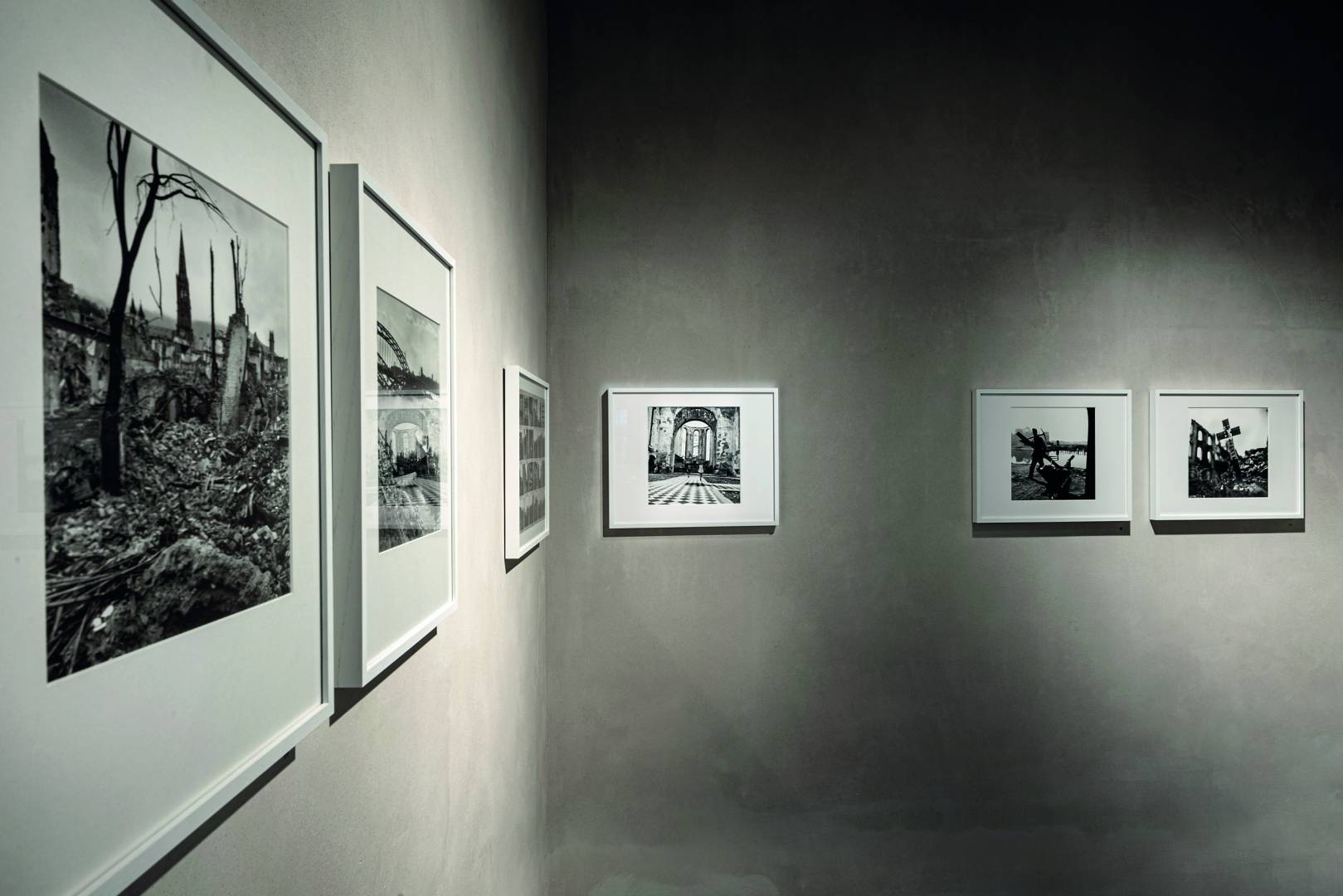
Anatol Kotte
The first year saw four exhibitions. Portrait photographer Anatol Kotte set the ball rolling, and this turned out to be a good idea because his work both helped set a standard and brought some glamour into the gallery. His work with celebrities will be echoed in the next exhibition to come from July 31 this year with works from another internationally renowned German artist, Esther Haase. Even if you’ve never heard her name, her unique style might well be familiar to you – it all seems very colourful, very spontaneous and quite sensual, but at the second look you see all the detail work and the meticulous preparation and arrangements that Haase manages without (and this is the trick) obvious effort.
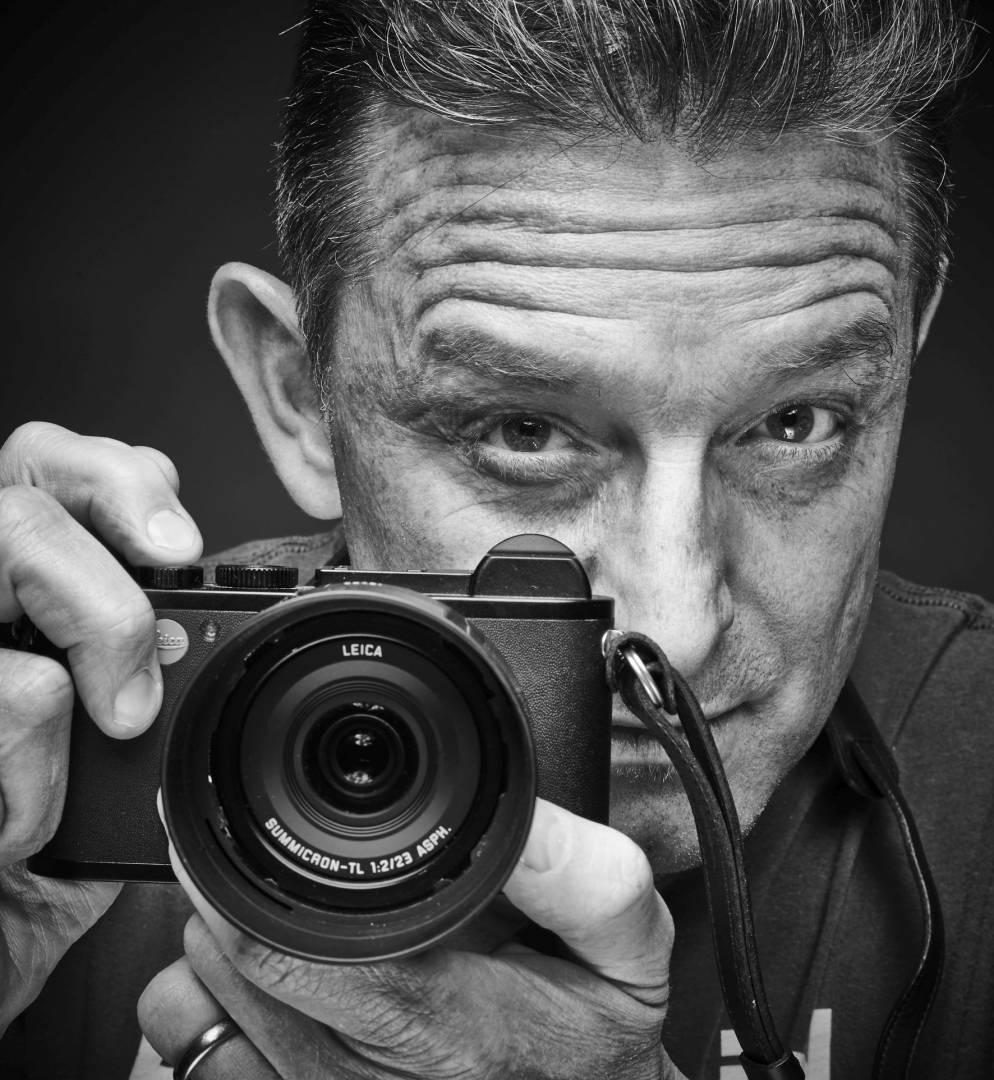
Werner Bischof
Biggest public acclaim so far was for the second exhibition. It featured works of Werner Bischof. The Swiss photographer, member of the legendary Magnum agency, combines photo-journalistic work with pure art. That is, he combined. Werner Bischof died young on a photo assignment in 1954, making him one of the talents that probably never reached their zenith.
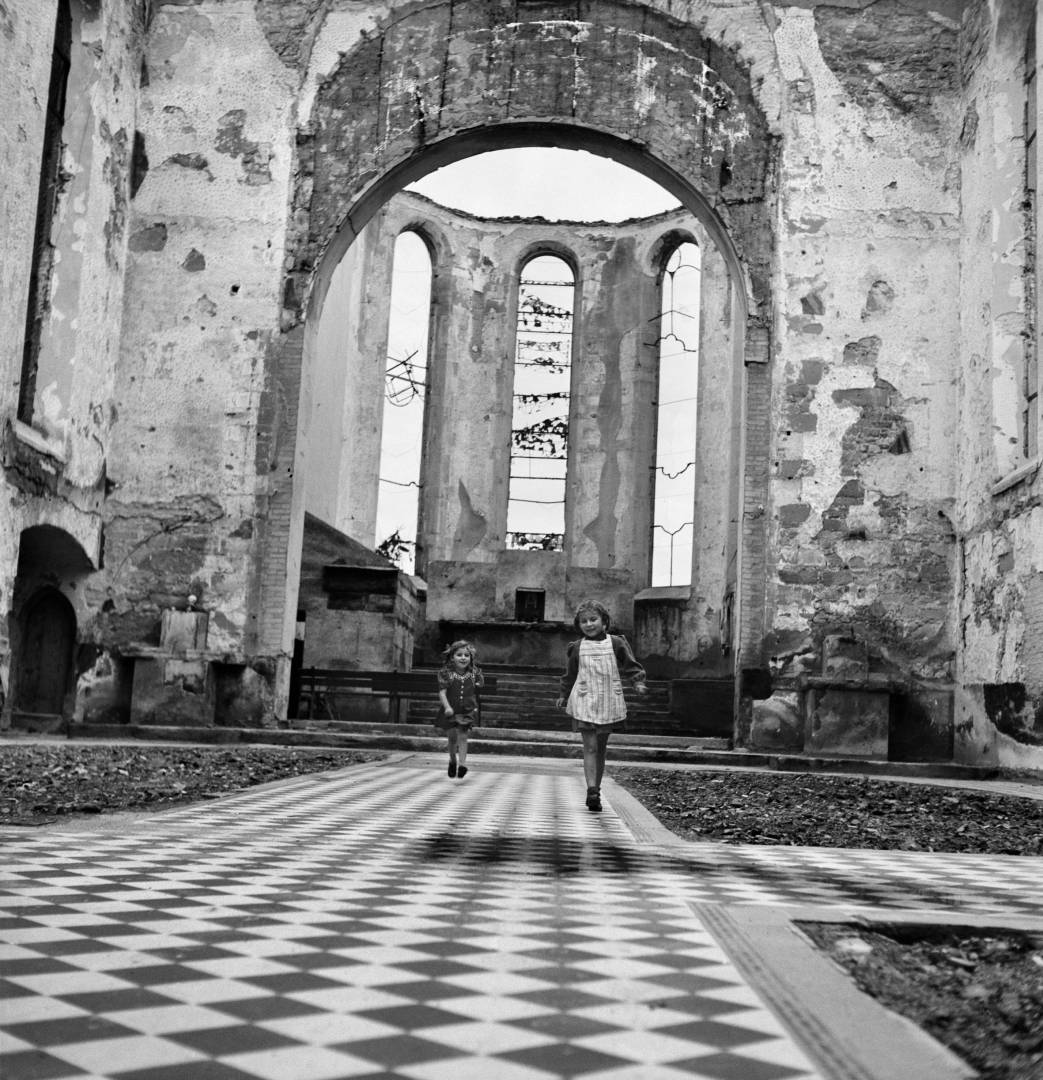
However, especially his post-war work from the destroyed South German cites to which he, as a Swiss national, could travel, turned out to be very moving for the Konstanz public. After all, some of the photos show the places we all know around here. The opening was a very special occasion also because of Werner Bischof’s son Marco who lives not far from Konstanz in Switzerland.
He works very carefully with his father’s heritage and does what not many people are really able to: He gives meaning to the pictures by literally putting them into a narrative, cultural and moral framework. Normally, at the Leica Galerie Konstanz, the artists themselves give a guided tour of the exhibition the day after the preview (with quite a lot of people coming to see and listen). In this case, it was, of course, Marco Bischof who explained his father’s work to the guests.
Ursula Böhmer
The biggest surprise was, to me at least, the third exhibition. It featured work by Ursula Böhmer, a German photographer who was born in 1965. And she shoots… cows. Her work has an almost encyclopaedic character as she travelled throughout Europe to document rare and nearly-extinct races of this often underrated animal. The black-and-white pictures were taken in 6×6 on film and printed by the artist herself in the best quality I have ever seen. This is a bold concept, a real artist’s move, and it turns out to be very striking. The images are formally quite austere and very powerful as a result.

Klaus Fengler
Currently, the Leica Galerie Konstanz is featuring a somewhat local hero: Klaus Fengler, an award-winning exhibition photographer who made his first steps into professional work at Konstanz. He was working here as an engineer when he heard the call of the wild.
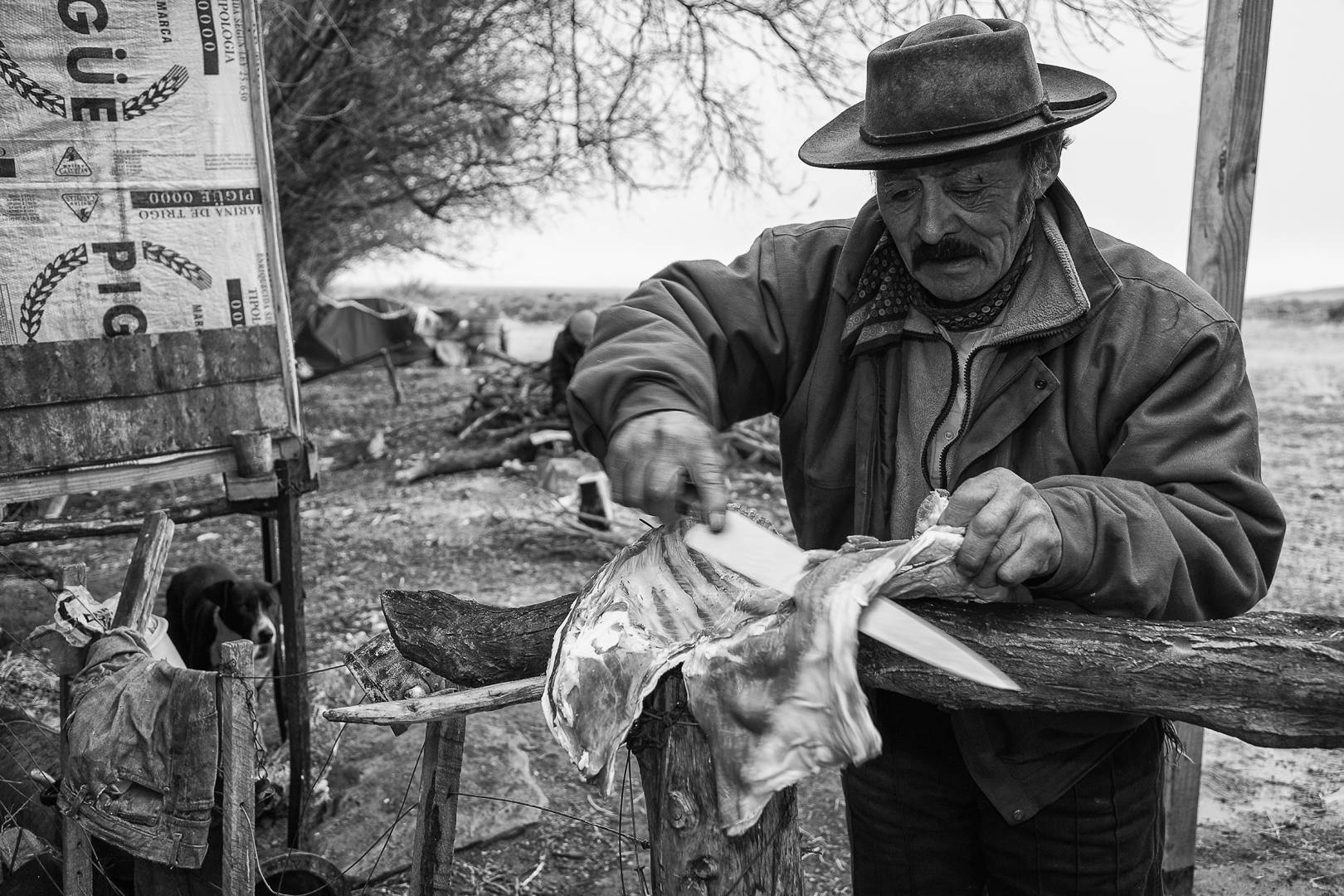
He went into the big walls of Patagonia, of the South American Jungle and of Baffin Island with the superstars of the rock-climbing scene and became a part of more expeditions. He would not call himself an artist, and rightly so because his strength lies in his outstanding ability to tell stories of struggle and triumph, of courage and disaster. This was very appealing to me as a journalist and highly attractive for an audience completely new to the gallery. So, it was a great idea to exhibit Fengler’s works for more than one reason.
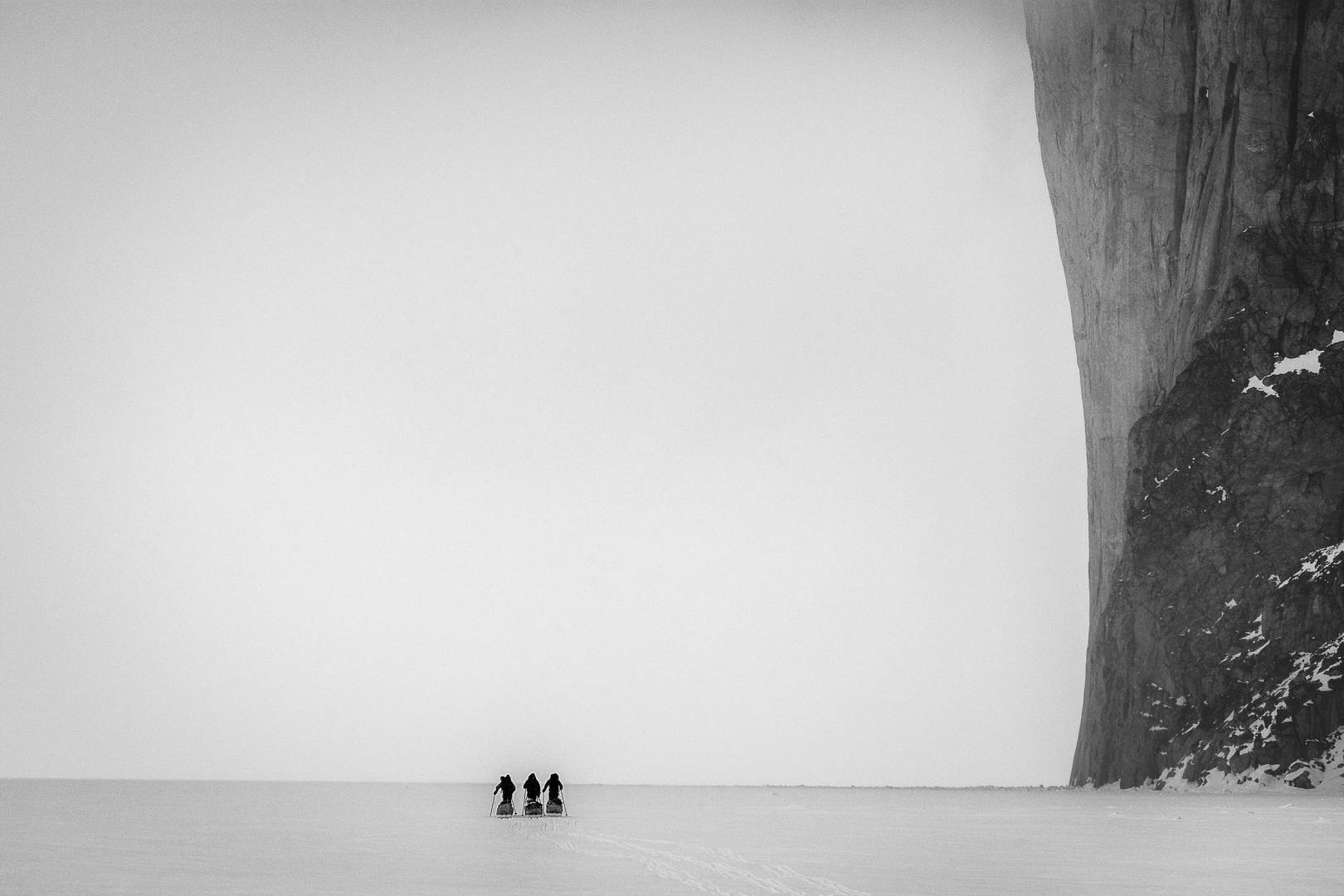
Four exhibitions a year
During the Corona situation, the Leica Galerie Konstanz was also closed, of course. The current Klaus Fengler exhibition is running for double the usual time as a result. Normally, the program changes every three months, which is enough to be taken seriously in the art world and still manageable for the team.
After starting with the trio of Markus Brenner, Judith Borowski and Eva Marie Hoffmann, the team has changed – with art historian Manuela Rädeker and photographer Franziska Reichel now curating the gallery. They want to show internationally renowned artists as well as regional photographers, and they will make sure that women will have their fair share in the program.
Esther Haase, Dieter Blum and Evelyn Richter coming next
After the above-mentioned Esther Haase exhibition (July 31 to October 23), the Leica Galerie Konstanz continues with Dieter Blum (October 30 to January 22). He is kind of a grand seigneur of German photography, and almost tragically he is most famous for his advertorial work for Marlboro in the 1990s (“come to where the flavor is”). His cowboy photos are icons, no doubt, but he created so much more, for example, excellent dance photography, documentary work, and portraiture.
Spring 2021 will provide a look into the long-lost East-German reality with pictures from Evelyn Richter (January 30 to April 32). She was born in 1930 and is arguably the most important chronicler of life in the GDR. So, quite some highlights to look forward to.
Leica? It’s photography!
This leaves a question to be answered, especially perhaps to the worldwide readership of Macfilos. Where does Leica now fit into the Leica Galerie Konstanz? It is a gallery that has its own program, quite different from some other Leica galleries around the world. While some of the featured photographers work with Leica cameras, others do not (or not yet). It’s all about the community, explains Manuela Rädeker.
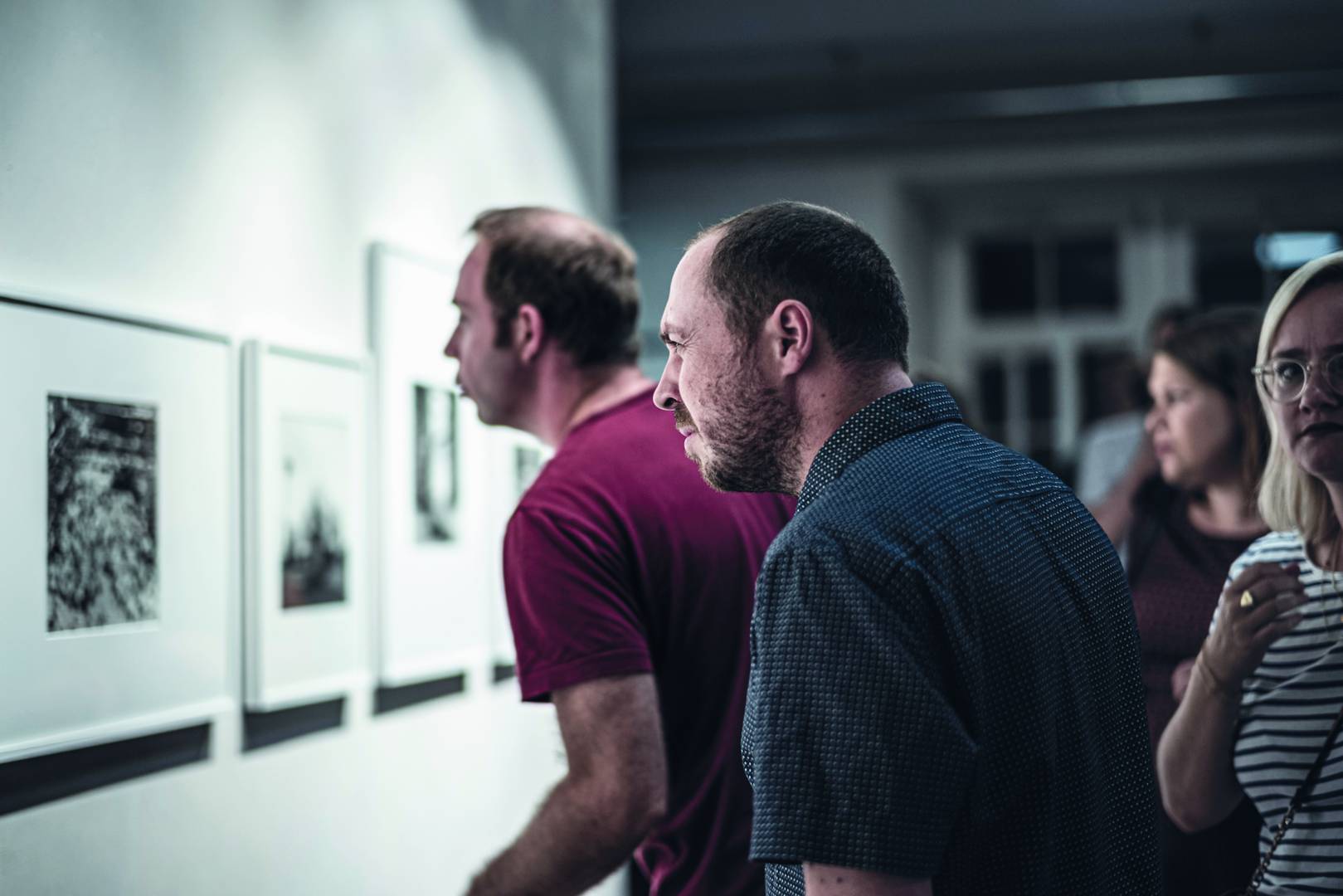
The gallery, together with the beautiful Café Blende 8 and its romantic courtyard, is intended to be a space for meeting and discussion, for the reception of, and the reflection on, art.
Yet another connecting line between Leica, Leica Store, Leica Galerie and the public is obvious and makes perfect sense: Leica, says Manuela Rädeker, means quality, inspiration, change and concentration. “Leica,” says the art historian, “unlike any other brand shows outstanding products make it possible for photography to reinvent itself again and again. And this is exactly what guides us in our work in this Leica gallery.”
Leica Galerie Konstanz can be found in Gerichtsgasse 9, D-78462 Konstanz, in the historic city centre next to Konstanz Minster. It is within walking distance of the railway station and pier, just one hour from Zurich Airport. It is open at the same times as the adjacent, wonderful Leica Store: Monday to Friday from 10 to 6.30, Saturday from 9.30 to 2, and closed on Sundays. Admission is free and the staff all speak English. Telephone +49 7531 9163300, www.leica-galerie-konstanz.de.
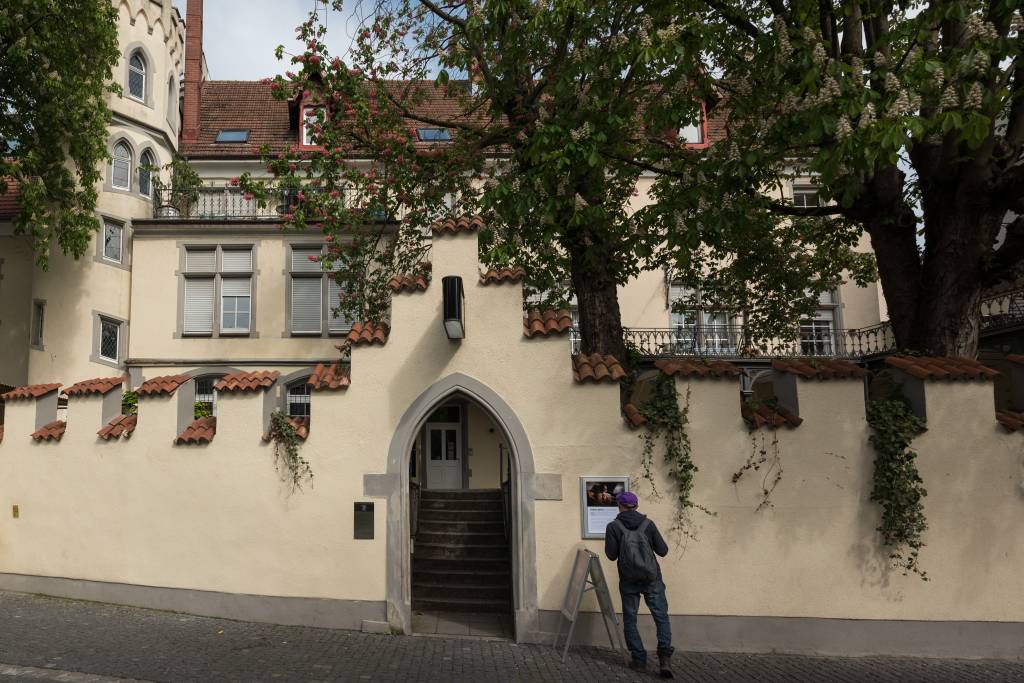
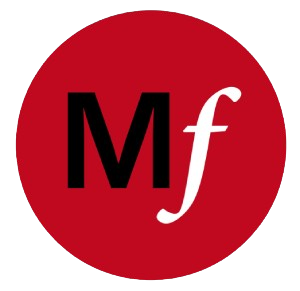
These are difficult times for photo galleries. I am a Board Director at the Gallery of Photography, Ireland. We have been closed since March, along with other galleries and museums, and are not likely to re-open until all others open again on 20th of July. Even then, we will be subject to rules on social distancing and other matters which may reduce footfall. We have kept our online bookshop running and we have had online exhibitions and workshops, but nothing really replaces seeing a real print on a gallery wall.
So far as most galleries are concerned, what camera was used to take a photo or whether it was taken with film or digitally is of no importance whatsoever, unless there is some interesting historical background. It is to the credit of Leica that it promotes photography per se, as well as its own cameras in its various Leica Galleries around the world. There could be 22 or 23 of them at this stage. It also promotes photography through LFI magazine and, of course, the annual Oskar Barnack prize and other competitions. Long may that support for photography continue. Those of us in various Leica organisations (I am in two of them) continue to impress on the company the need to support photography and the great legacy of the company.
William
I should have added my thanks to Joerg-Peter for posting this story. I got distracted by a phone call just as I was finishing my post. All photo galleries should be supported by photographers as well as the public in general. A lot of people who ‘do’ photography never go near a gallery. I saw the work of Werner Bischof in the Rahn Gallery in Frankfurt when I was returning from Wetzlar one time. It was very powerful and memorable, particularly those photos taken in Japan in the snow.
William
What a great story, wonderful sense of calm and history, great idea on the Bovines. I think any venue that promotes photography, regardless of Camera brand, is doing the community a favor.